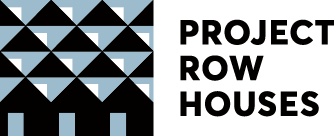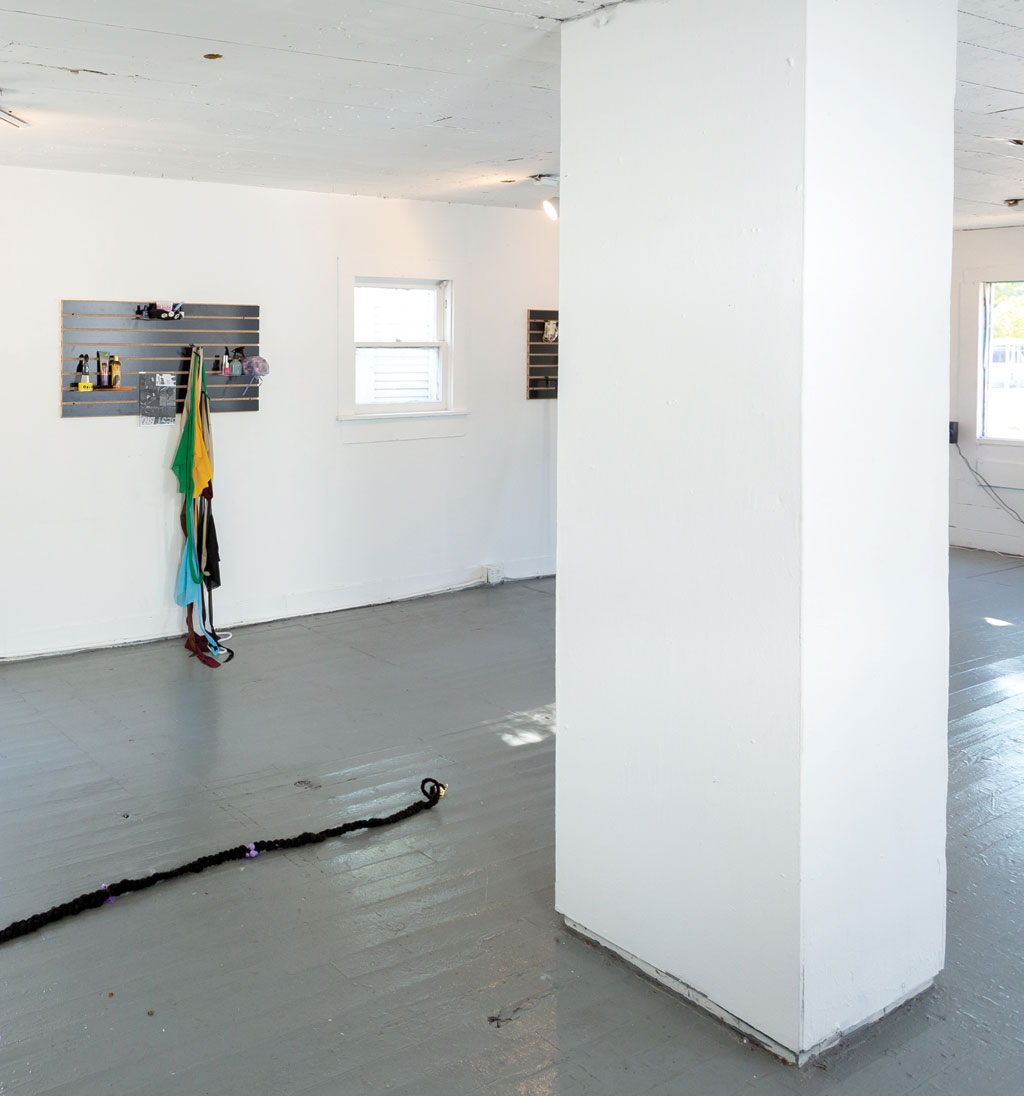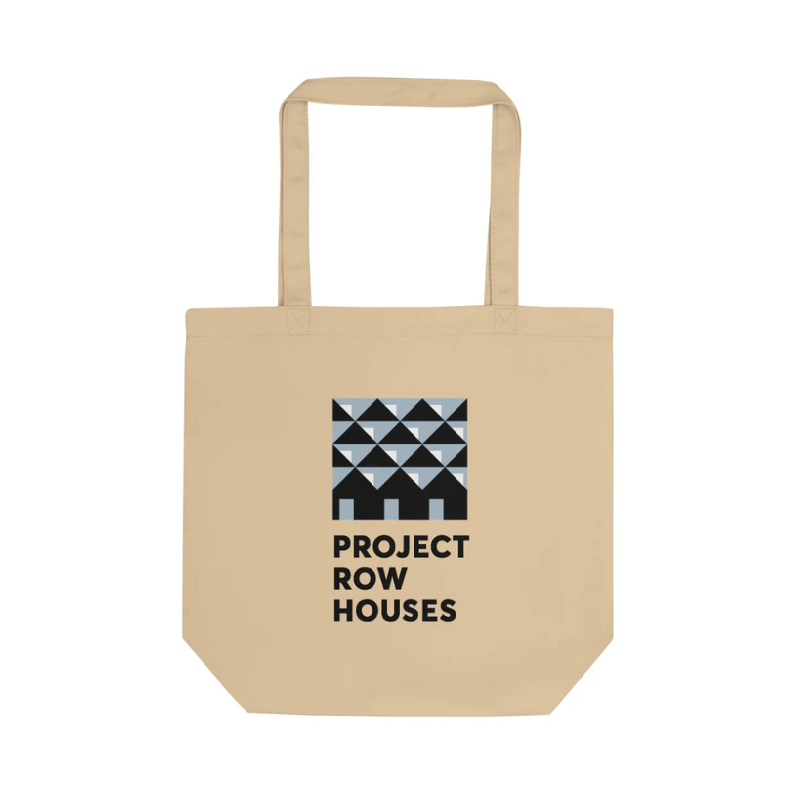Full article by by Janae Ladet and Kimberly Burrowes
Affordable housing as a strategy
When planning processes include local artists and residents and redevelopment plans reflect an area’s culture and history, displacement is less likely to occur. Several organizations practice placemaking with an emphasis on community engagement, inclusion, and equitable outcomes. One example is Project Row Houses in Houston’s Third Ward. The organization works at the intersection of art and community development.
Displacement and gentrification are about more than housing. Specific groups and longtime residents must be supported and empowered. Project Row Houses saw a need to support single mothers through the Young Mothers Residential Program, which provides housing and other social services to single mothers. Tamika Evans, director of strategic partnerships at Project Row Houses, noted the following: “We learned that there were single mothers in our neighborhood who needed not only housing but a safe space for them and their children to grow—as individuals and as a family…. Through YMRP, we help to foster both independence and interdependence because being part of a community means that you have someone to lean on and that you’re there for others. Women from the program have gone on to pursue doctorates and law degrees or become business owners and community leaders, and some of the greatest success stories are still being told.”


